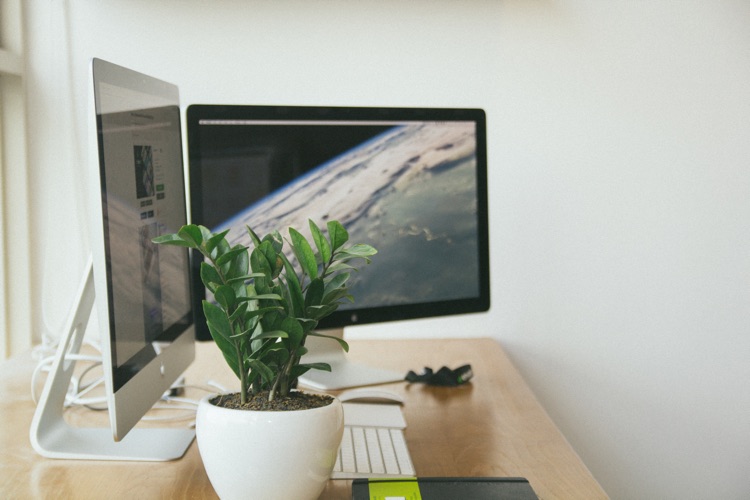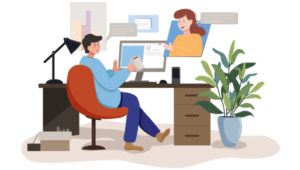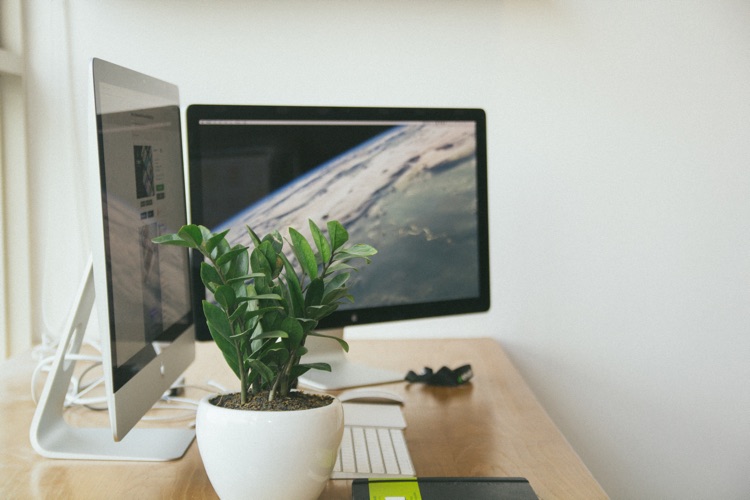
I’ve worked from home almost my entire adult life, and while I’m fairly certain that it’s the best decision I’ve ever made, it hasn’t always been fun, and it certainly hasn’t always been productive. It can take years to compile a home office design that works well for you, but even then, job descriptions change and new folks come into our lives, resulting in a change in how we conduct our personal world around our working world.
Luckily, ergonomics (the study of efficient work environments) has taught us some neat tricks about working from home.
Let’s take a look at seven of them.
1. Keep Your Personal Life in a Separate Room
You need to keep distractions to a minimum when working from home, so you should never work in your comfort zone. For example: the kitchen is for eating, the common space is for socializing, the bedroom is for sleeping, and so the office is for working. Being comfortable, especially in bed, is a one-way threshold to Netflix and chill. You need to establish those boundaries early on, because they can quickly become bad habits.
2. Establish Boundaries with Your Housemates
By housemates I mean the other individuals that you live with (this includes husbands, wives and children). Housemates need to understand that there are boundaries, that you cannot be distracted or take on responsibilities such as housework or babysitting children. Just because you’re at home, it doesn’t mean that you’re available and these rules should be respected.
It may be difficult to explain this to younger children who might crave your attention at random, so tread carefully and make sure that you don’t neglect family time after work.
3. Don’t Buy Too Much Equipment
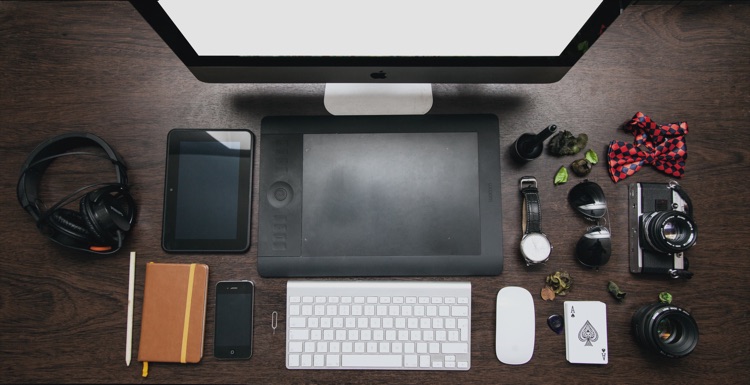
It can be quite tempting to equip the hell out of your workspace with fancy tablet stands, extra monitors and screens, USB cooling fans and God knows what else, but after a while you’ll start to realize that a lot of your equipment is doing nothing but hogging space (unless you’re Iron-Man, of course). The real question is: normal desk or standing desk?
Don’t force yourself to keep equipment that you don’t need — sell it to somebody that might need it and be modest about your own home setup. If you haven’t bought any equipment yet, save yourself some bucks and start off simple; buy equipment to solve the issues you already have, not the issues you might encounter.
4. Don’t Commit to Your Home Office Design Too Much

It’s important to remember that an outside world does in fact exist. You don’t want to emerge from your dwelling years later to find that cars with wheels are obsolete and you now have a serious Vitamin D deficiency (even if you did manage to reach “Inbox Zero”!). Every now and then, you need to actually leave the house and integrate with the outside world, maintain your social skills, improve your mental clarity and enjoy a nice beer and burger in the sun!
Note: another to reason to become equipment-independent!
5. Get Natural Light and Green Plants
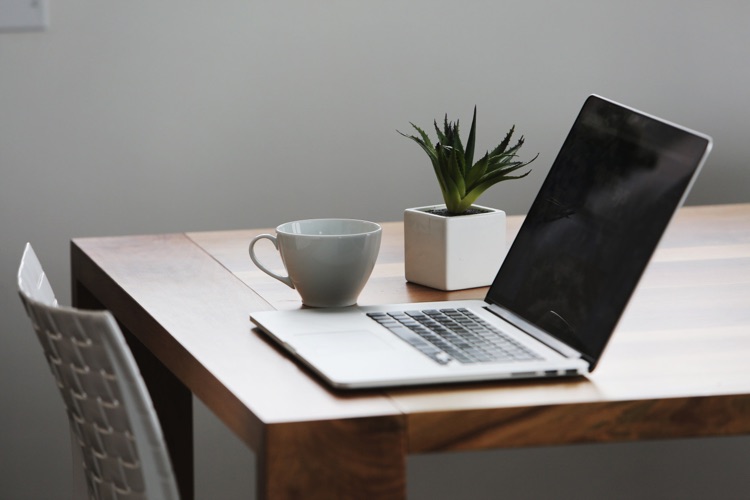
Plants (green ones, anyway) can boost creativity by up to 70%, but otherwise they look nice and can really brighten up your office; the best way to improve productivity when working from home is to make your office a place you truly want to be. If you’d rather work in a Batcave/secret lair-type setup, make sure you take the advice from #4 and get out of the house often!
6. Treat Working Hours as If You Were at Work
Working from home might inspire you to improve and upgrade certain aspects of it, but that should mean creating space for an office, not subscribing to Netflix Premium (I learnt that the hard way). If you find it hard to stay motivated, start the day by working from a café (i.e. no distractions, unless noise really bothers you) and maintain that momentum at home later.
If you feel like your workload is ruining your Saturday, remember that it’s actually Wednesday and turn the TV off!
And of course, like I mentioned in #2, make sure those that share your home are also respecting your working hours.
7. Tweak Your Comfort Level
Speaking of things bothering you, you’d be surprised at what does. Music for instance can be very uplifting, but I wouldn’t invest in any high-tech speakers unless you’re sure that music won’t distract you. Personally, instrumental music is the only type of music that doesn’t distract me. Alternatively you could try an ambient noise app like Noisli or Noizio.
Your seat is another defining factor. As with noise, there is an optimal level of comfort you have to find. A couch will arouse your inner desires of binge television and sleep, whereas an actual desk chair will still be great for your back but won’t induce you with tempting thoughts of nodding off.
Finally, temperature. Temperature can seriously kill the vibe in your workspace, but luckily this is something else that you can adjust when working from home. If it’s too cold, you’ll feel like snuggling up under a blanket, too hot and you’ll feel far too agitated to do anything. Noise, seating and temperature: these are the three variables that require some experimentation.
Conclusion
As a digital nomad my “home office” changes from day to day, and here’s one thing that I’ve learnt. As you are subjected to different environments and temperatures (through choice or otherwise), you become accustomed to what kills your workspace and what doesn’t. My ultimate advice is to make small changes every day until you find a setup that works for you. Sometimes it’s the change that keeps your home office interesting!
 Daniel Schwarz
Daniel SchwarzPreviously, design blog editor at Toptal and SitePoint. Now Daniel advocates for better UX design alongside industry leaders such as Adobe, InVision, Marvel, Wix, Net Magazine, LogRocket, CSS-Tricks, and more.
